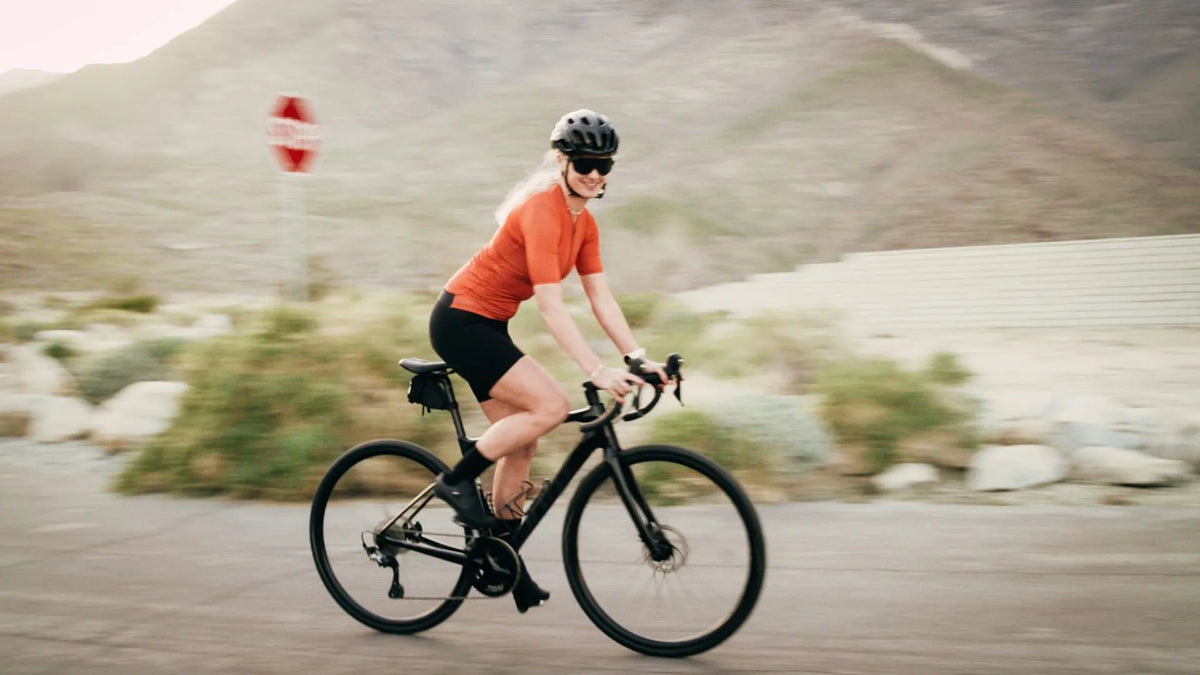
How To Get Better At Cycling Uphill
|
Time to read 3 min
|
Time to read 3 min
Let’s be honest, there’s nothing easy about riding up a hill on a bike. And maybe you’ve even secretly thought to yourself, while climbing and cursing uphill, that getting off your bike and pushing it up would be way quicker and easier. Truth is, you wouldn’t have been wrong. The basic laws of physics dictate that, the minute you introduce any degree of slope cycling efficiency as compared to walking slows way down. And in some instances as the incline gets steeper you might find yourself actually being passed by a walker.
In the lofty world of cycling though, dismounting your bike to walk it uphill is considered a very big no-no. Not that the best of the best haven’t been reduced to such humbling lows before. It’s even happened in some of the most esteemed cycling races, like the Tirreno Adriatico, also known as the Race of the Two Seas with an infamous 30% incline at the finish of one of the stages.
But social mores and opinions aside, as cyclists we put ourselves through the gruelling challenge of cycling up hills, mountains, inclines worthy of heart arrest because it is simply one of the greatest ways to push our limits. There is also nothing quite like the payoff of an excruciating climb. To stand from a new vantage point, looking down at what you have just conquered. That is bliss. So the first step in climbing hills is recognizing that it will never be easy. That would defeat the point. Luckily though, there are ways to make it easier on our bodies - and minds. We’ve put together some simple (and surprising) tips to help you conquer your next uphill ride.
Lastly, Walking is not a failure! If you do have to dismount and walk, then consider the wise words of British cyclist Chris Boardman, Olympic gold medalist and Tour de France rider:
Failure is a subjective term: is it a fail if you have to get off and walk up a hill? Or a win because you’ve bitten off more than you can chew and are doing it anyway? I tend to lean heavily towards the latter. …Having to walk just means, a) you learned something about bikes, or b) you are pushing yourself to do something challenging. Either way, in my book, that’s a win.
So, next time you’re cursing uphill and wondering if now would be a good time to dismount and walk, think again through these tips. The glory of cycling uphill is a payoff rarely had when riding flats. This is the pain–and the ultimate gain we seek from the sport.